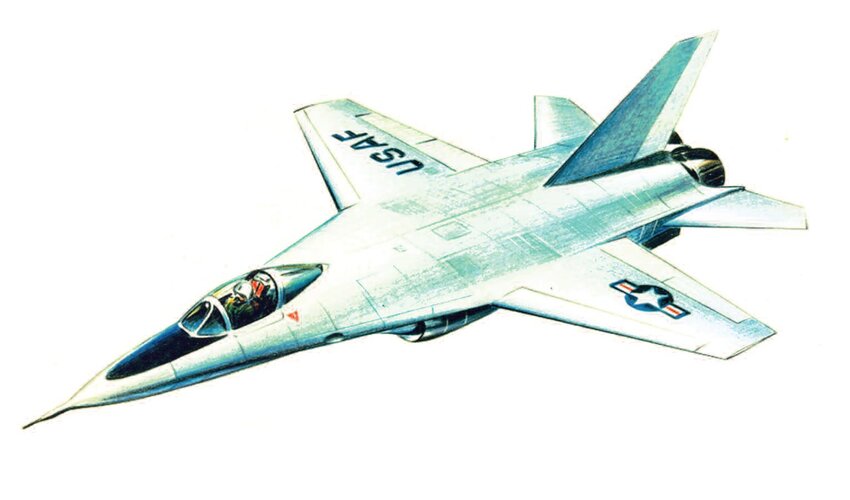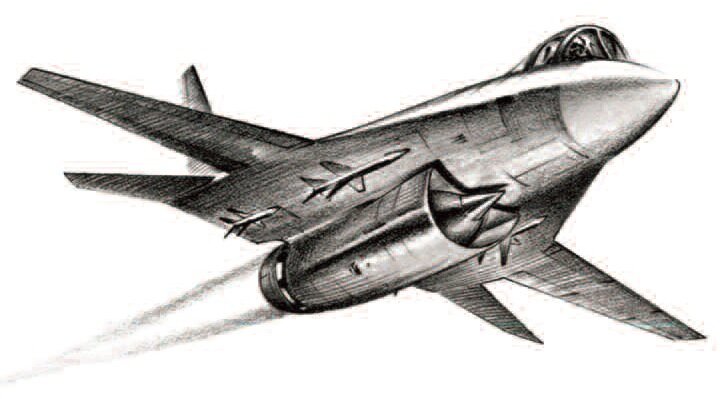Blacktail
I really should change my personal text
- Joined
- 29 March 2013
- Messages
- 26
- Reaction score
- 15
I was reading about Col. John Boyd's FXX requirement a while back, which resulted in the LWF project (which, in turn, resulted in the YF-16 and YF-17). It seems that the aircraft Boyd specified for was actually markedly different than the ones the USAF would allow to qualify. Specifically, what he wanted in the FXX was;
- A gun
- 2 wingtip missile rails
- No other weapon stations
- An F100 turbofan
- A bubble canopy
- Ranging radar only
- No ECMs
...and that's it.
The resulting design actually ended up having twice the range of the F-15A Eagle on less than half the fuel and half the engines, because it had an extremely high capacity of fuel compared to it's empty weight (i.e., a large Fuel Fraction --- and man, did the USAF brass flip their lids when they found out!).
Here's the thing, though. I've only heard the original FXX specifications briefly mentioned in passing; I've never seen them, nor any official artwork, schematics, models, and so on.
Even more disappointing is that the sources in question are the "Lightweight Fighter Mafia" themselves. You would think they would have had more information on such a huge undertaking! After all, an aircraft like this sure wouldn't be popular with the establishment (and they unsurprisingly hated it with a passion, doing everything they could to sabotage the project), but the final result *still* ended up becoming an operational warplane; the F-16 Fighting Falcon.
We all know what happened from there, but what about the early FXX designs? This is what I'm interested in.
Does anyone else know more about this subject?
- A gun
- 2 wingtip missile rails
- No other weapon stations
- An F100 turbofan
- A bubble canopy
- Ranging radar only
- No ECMs
...and that's it.
The resulting design actually ended up having twice the range of the F-15A Eagle on less than half the fuel and half the engines, because it had an extremely high capacity of fuel compared to it's empty weight (i.e., a large Fuel Fraction --- and man, did the USAF brass flip their lids when they found out!).
Here's the thing, though. I've only heard the original FXX specifications briefly mentioned in passing; I've never seen them, nor any official artwork, schematics, models, and so on.
Even more disappointing is that the sources in question are the "Lightweight Fighter Mafia" themselves. You would think they would have had more information on such a huge undertaking! After all, an aircraft like this sure wouldn't be popular with the establishment (and they unsurprisingly hated it with a passion, doing everything they could to sabotage the project), but the final result *still* ended up becoming an operational warplane; the F-16 Fighting Falcon.
We all know what happened from there, but what about the early FXX designs? This is what I'm interested in.
Does anyone else know more about this subject?


